A few badly-scanned pictures of railways in Poland, taken when I was touring the country with a PKP Polrail pass in August 2002.
![[Cast PKP emblem on a steam locomotive]](/images/rail/pl06-pkp.jpg)
PKP emblem on a steam loco at Wolsztyn.
![[Child looking up at steam locomotive cab]](/images/rail/pl03s-wolsztyn.jpg)
I’m taking an early holiday ‘cos I know summer comes soonest in Wolsztyn.
![[Steam train]](/images/rail/pl09s-wolsztyn.jpg)
A real steam-hauled freight train leaves Wolsztyn on a wet morning. 2002-08-05.
![[Driver of diesel locomotive waving for the camera]](/images/rail/pl10s-leszno.jpg)
The driver of SU45-205 on the Wolsztyn to Leszno train says says hello. Leszno, 2002-08-05.
![[Loco at Hel]](/images/rail/pl11s-hel.jpg)
A diesel-hauled train at Hel, waiting to depart for Gdynia. 2002-08-06.
![[Polish countryside]](/images/rail/pl05s-window.jpg)
A view from the window of the overnight Gdansk – Krakow train, morning of 2002-08-07. Standing in the corridor and leaning out of the window seems a popular way to travel by train in Poland.
![['WARNING! Train' in Polish, German, English and Russian]](/images/rail/pl04s-warning.jpg)
A quadlingual sign at Oswiecim. 2002-08-07.
![[Tram]](/images/rail/pl08s-tram.jpg)
A tram in Krakow. 2002-08-08.
![[Us on a pump trolley]](/images/rail/pl-trolley-s.jpg)
Once on board the train, we began to suspect that buying the cheapest ticket might have been a mistake…
Chabowka, 2002-08-08.
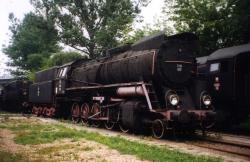
Steam loco Ty51 182 in the railway museum at Chabowka. They’ve got quite a variety of standard and narrow gauge locos there. Entrance to the museum cost PLZ 3, and permission to take photos PLZ 10. 2002-08-08.
![[Loco EU06-17]](/images/rail/pl13s-wroclaw.jpg)
Our train from Krakow to Wroclaw, seen on arrival at Wroclaw. Electric locomotive EU06-17 was built in Britain.
2002-08-09.
![[Tram]](/images/rail/pl01s-wroclaw.jpg)
A tram in Wroclaw. The city has an extensive tram network, and almost every street in the centre seemed to have tram tracks. 2002-08-10.
![[Tram]](/images/rail/pl02s-krakow.jpg)
A tram in Poznan. Gdansk, Katowice and Wroclaw had very similar vehicles.
![[EP08]](/images/rail/pl12s-ep08.jpg)
An EP08 at Poznan. Most electric locomotives we found seemed to be green, but this one wasn’t. 2002-08-10.
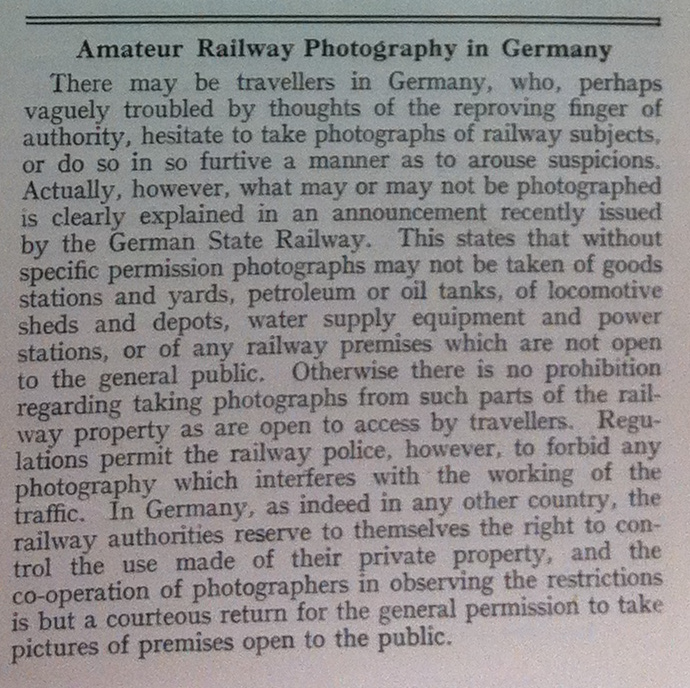
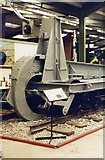
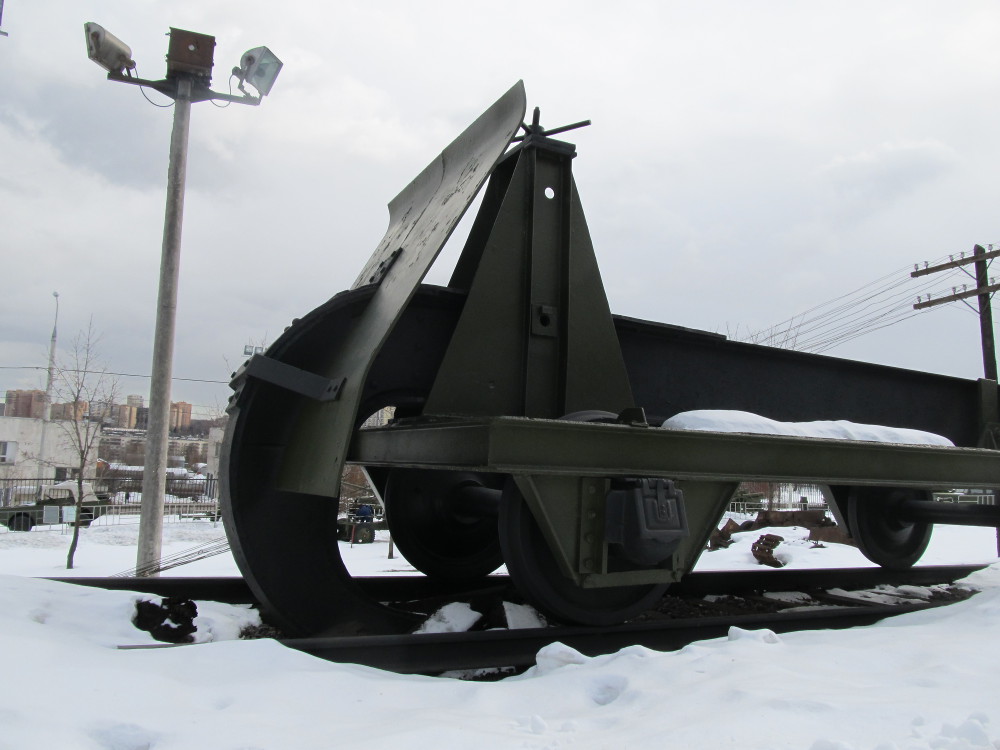
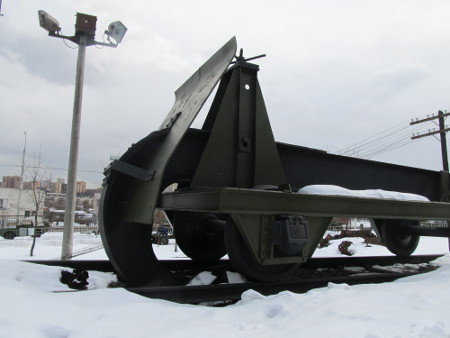
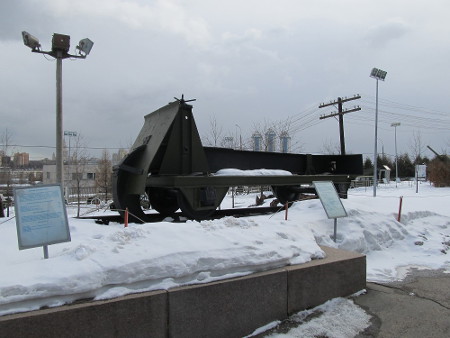
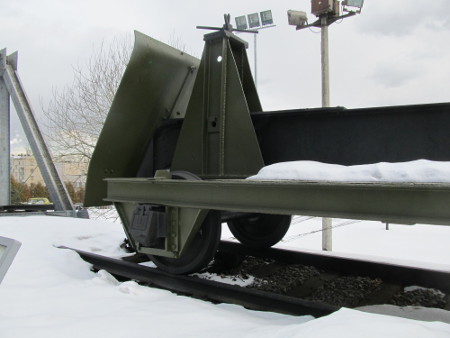
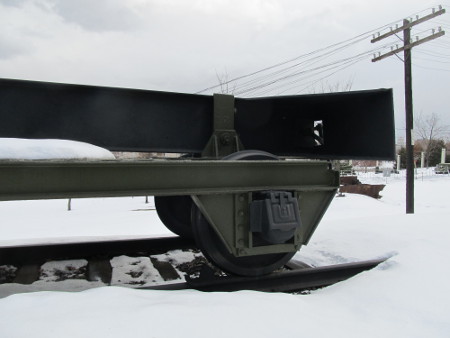
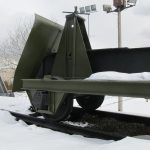
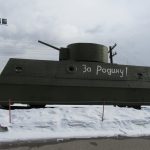
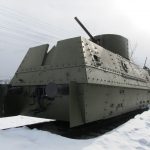
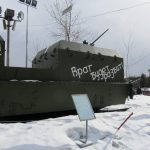
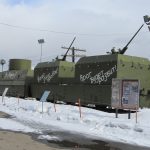
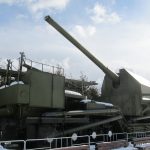

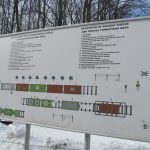
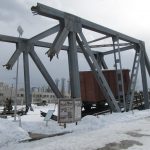
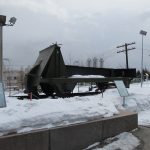
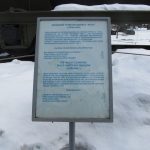
![Oakham level crossing signal box [front view]](/images/rail/gb-oakham-front.jpg)
![[Dapol model kit]](/images/rail/dapolsignalbox.jpg)
![Oakham level crossing signal box [right hand end view]](/images/rail/gb-oakham-right-small.jpg)
![Oakham level crossing signal box [back view]](/images/rail/gb-oakham-back-small.jpg)
![Oakham level crossing signal box [left hand end view]](/images/rail/gb-oakham-left-small.jpg)
![Oakham level crossing signal box [Inside view]](/images/rail/gb-oakham-levers-small.jpg)
![Oakham level crossing signal box [Inside view]](/images/rail/gb-oakham-levers2-small.jpg)
![Oakham level crossing signal box [Inside view]](/images/rail/gb-oakham-plan-small.jpg)
![[Cast PKP emblem on a steam locomotive]](/images/rail/pl06-pkp.jpg)
![[Child looking up at steam locomotive cab]](/images/rail/pl03s-wolsztyn.jpg)
![[Steam train]](/images/rail/pl09s-wolsztyn.jpg)
![[Driver of diesel locomotive waving for the camera]](/images/rail/pl10s-leszno.jpg)
![[Loco at Hel]](/images/rail/pl11s-hel.jpg)
![[Polish countryside]](/images/rail/pl05s-window.jpg)
![['WARNING! Train' in Polish, German, English and Russian]](/images/rail/pl04s-warning.jpg)
![[Tram]](/images/rail/pl08s-tram.jpg)
![[Us on a pump trolley]](/images/rail/pl-trolley-s.jpg)

![[Loco EU06-17]](/images/rail/pl13s-wroclaw.jpg)
![[Tram]](/images/rail/pl01s-wroclaw.jpg)
![[Tram]](/images/rail/pl02s-krakow.jpg)
![[EP08]](/images/rail/pl12s-ep08.jpg)